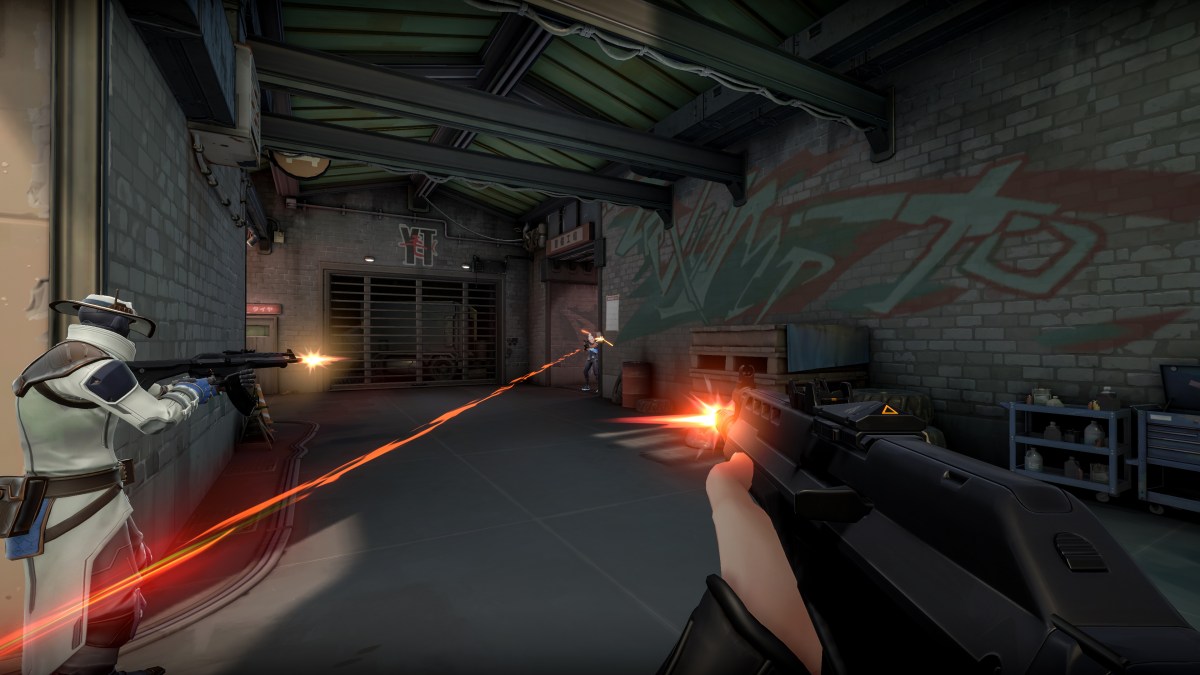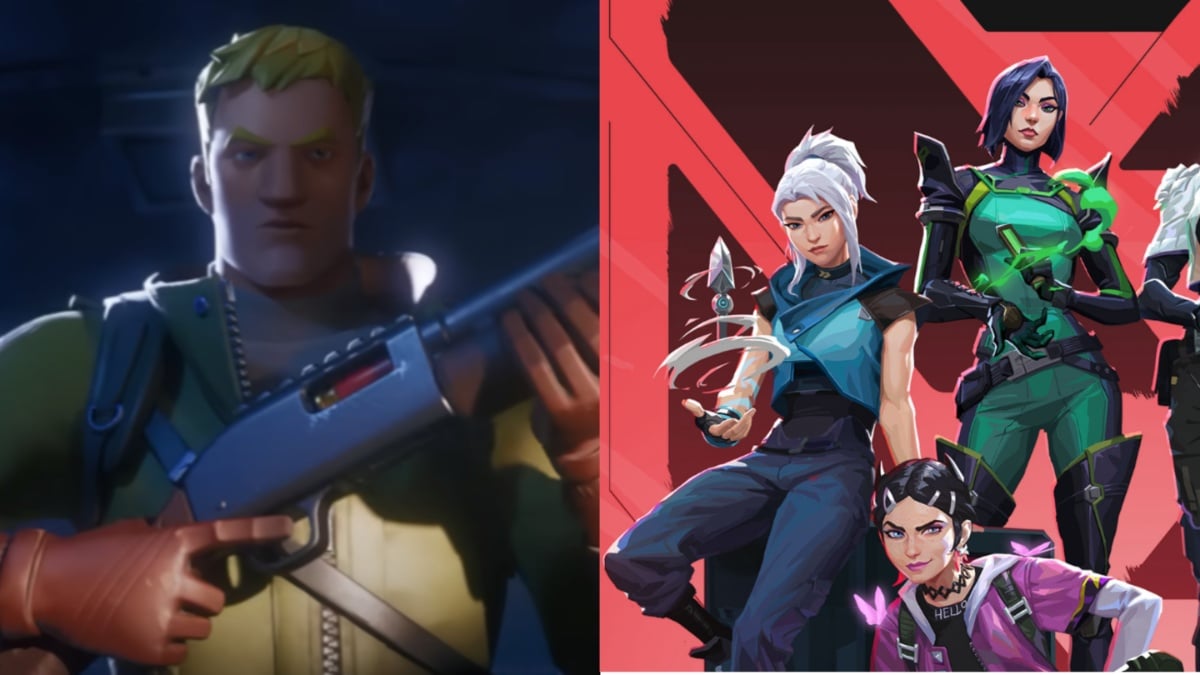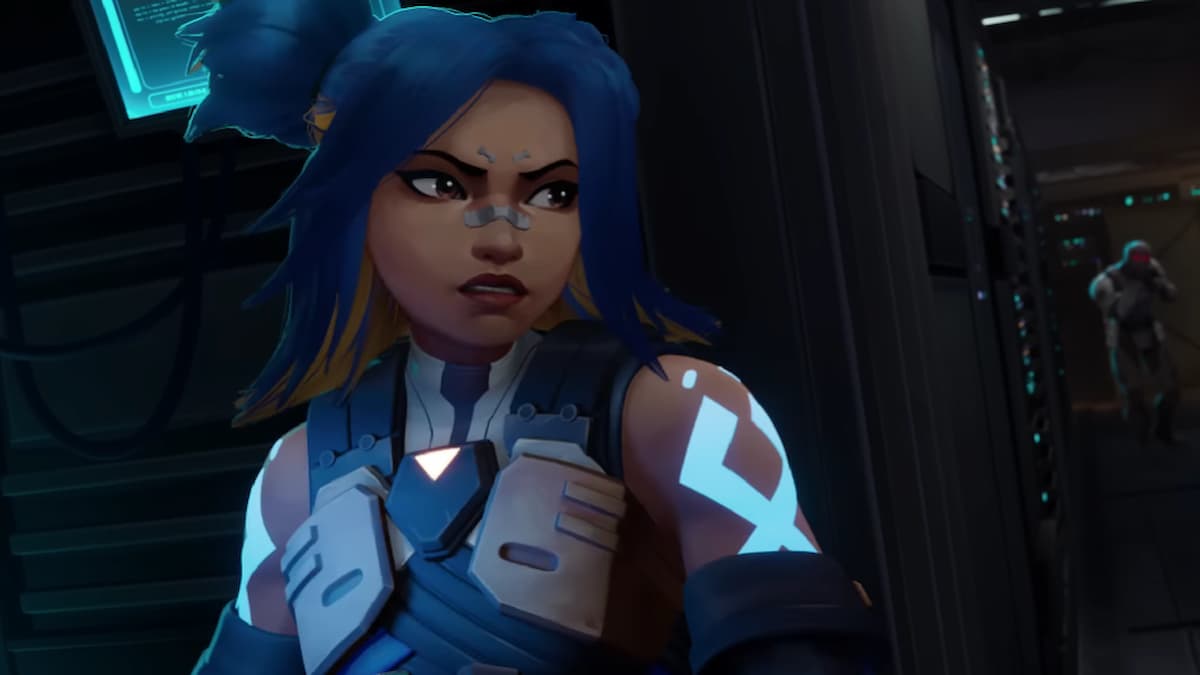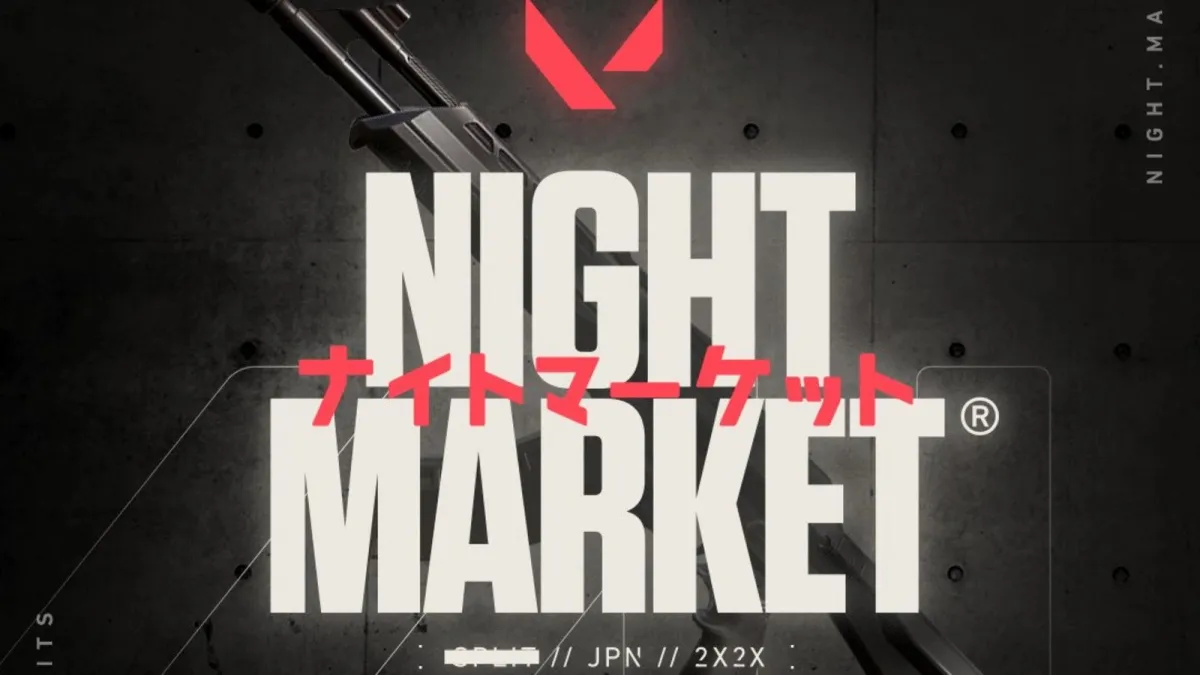Riot Games posted an article today addressing some VALORANT players’ questions and described how the developers are working on some problems, including peeker’s advantage.
David Straily, VALORANT’s technical engineering lead, said the devs are trying to minimize this problem as much as possible so players can experience a more tactical game.“Until humanity learns to move faster than the speed of light, peeker’s advantage is never going away,” Straily said. It’s something that exists for all games.”
The article can get a bit confusing when he goes into specific technical features to measure the advantage. But in short, Riot measures peeker’s advantage as the amount of time that a player sees you without you seeing them.
To see how it works in numbers, the average human reaction time is about 247 milliseconds. But the peeker’s advantage in VALORANT is an average of 40 to 70 milliseconds. Even if it’s a small difference in real time, it’s still a head start.
Unfortunately, a high ping causes a worse peeker’s advantage. It doesn’t give players a real advantage, however. “Low latency is near always superior, as your player actions get to the game server faster than your opponents’ actions,” Straily said.
Straily said the bigger problem with a high-ping player is that it causes worse peeker’s advantage for everyone. But a low-ping player has just as much of a peeker’s advantage on a high-ping opponent.
One tip given by the technical engineering lead is to play aggressive in high-ping disparity games. “Playing with high ping is not the ideal, but it is the short-term reality considering the smaller CB populations & ongoing infrastructure build-out,” Straily said.
The developers are also working on strafe shooting, which is when players are killed by someone who appears to be in the middle of running. In actuality, on the server and from their point of view, though, they’re standing still.
There’s approximately a seven-millisecond desync between movement data and damage data, so when you get killed, the player’s move position is always shown 7.8125 milliseconds behind from where they actually fired.
This is a more prevalent issue when players are using counter-strafing effectively since the typical muscle memory is to shoot in the frames after a counter-strafe.
Here’s what Riot is doing about these issues:
- We’re investigating all parts of moving/shooting accuracy to understand what’s underscoring the issue—whether it’s players that are able to become too accurate too quickly from full movement, or that shots on-the-move in certain scenarios are actually more accurate than intended. When we do have changes, you’ll see it in the patch notes.
- We are working on animation blending updates. When players come to a stop, we’d like to speed up the transition of their animation from “running” to “standing.” The animation is sometimes lagging versus what has “actually” happened.
- On the frame you die, your corpse (typically) blocks full visibility of the enemy, so you can’t see what the opponent did immediately after you died. We are going to fix “corpse-blocking” in the next patch or two, so you can have constant vision of the enemy. This will help to see if they actually did come to a standstill while moving.
- The “death” message sent to your computer usually arrives ahead of the move simulation timeline. We can “delay” your death by a few milliseconds such that you see the player kill you as they actually did (ex: standing still). Downside here is, during that “delay” time… you’re in purgatory: Dead but given a fake extension of life to sync timelines.
- We might consider a player setting for “no” remote interp delay; it will get rid of that 7.8125ms desync, but at the expense of you seeing a lot of visual “player pops” when you have packet loss. Packet loss on average varies, but it is not uncommon to have 1-3%. With those numbers, you might see pops of up to once-a-second. Not ideal. We’re going to test with options A and B (and maybe some other small design tweaks) to see if we can get to a good place, before we consider this extreme third option.
VALORANT is still in closed beta and is set to be officially released this summer.






Published: May 13, 2020 11:59 am